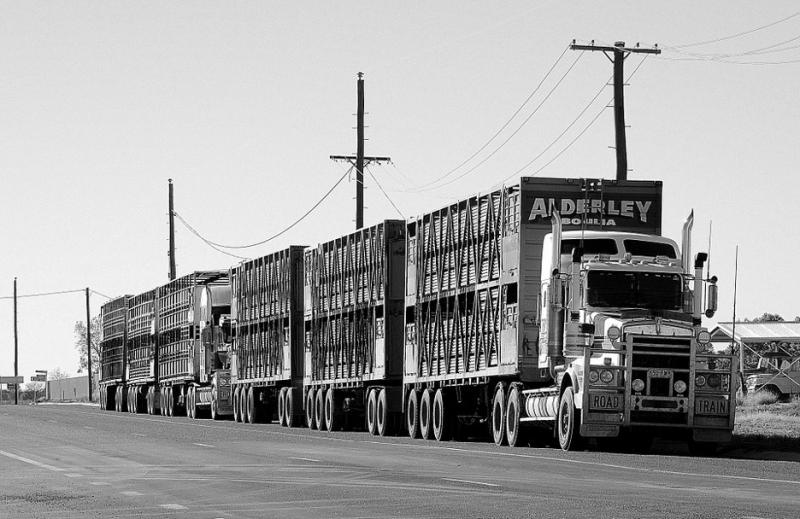You Need To Know: Lost Cargo From Trucks Can Cause Multiple Accidents

It is normal in Illinois and Georgia highways to see semi-trailers and large commercial trucks carrying massive amounts of cargo. It also occurs that some of this cargo spill on the side of the road because of improper security.
Under federal laws and regulations, trucking companies and truck drivers should take proper steps to make sure that their cargo is secure to keep other users of the roads safe and prevent tractor trailer accidents.
However, because of the recklessness and negligence of the driver and the company, sometimes the cargo slips from the truck and end up in the way. And if this happens, catastrophic multiple crashes can easily occur and the driver might end up in a really bad health condition.
Other vehicles might weave out of the way to avoid the cargos.
Motorists might suddenly swerve if they see cargo falling from a truck, and this can result in sideswipe crashes, and side-impact crashes as the vehicles crash into surrounding cars.
Cargo can fall and crash into oncoming vehicles.
If vehicles are driving behind a tractor trailer and a huge piece of heavy material falls off the truck, it can crash towards the cars and can cause an unfortunate car accident.
Most cargo poses a unique hazard and is dangerous when spilled.
Cargo which is slippery, such as oil, might cause cars to slide, and can result in rear-end collisions and other forms of crashes. Some cargo is flammable which can cause fires and even explosions, presenting a huge risk for other users of the road.
Motorists may turn around to see a spilling cargo.
Sometimes, drivers might rubberneck to see a cargo spill which can result in rear-end collisions if the vehicle in front of them brakes suddenly.
How to Avoid Trucking Accidents
All aspiring commercial vehicle drivers need to learn and practice specific rules and regulations to ensure road safety. To regulate the issuance of drivers’ licenses, each aspiring driver undergoes several tests including a written and an actual driving test. One of the parts of the written test is the CDL general knowledge test. It consists of the basics of driving and commercial vehicles.
Inspection of the Vehicle
Vehicle inspection is every driver’s most crucial responsibility before going on a trip. It prevents problems due to a vehicular defect like a hydraulic leak or wiring breaks. Evaluate the overall condition of the vehicle and examine the engine compartment and lights.
First, assess the physical condition of your vehicle to know its overall status. Then, verify if there is any water or oil puddle under your vehicle. It means there is a leak from your engine. If it is your first time to use the vehicle, read the up-to-date VIR or Vehicle Inspection Report. It will let you know if any problems occurred and if the previous user addressed the concern.
Next, check the engine compartment. Before proceeding, make sure that the vehicle is in a safe parking area. Turn off your engine and secure your parking brakes. Then, proceed to check if all the engine fluid levels are enough. Look for any loose wiring and check if hoses and belts are in place.
Road Assessment while Driving
Commercial vehicles like trucks, trailers, and buses are longer than average vehicles. Because of this, you need to be more careful and considerate of everything around him and the vehicle you are driving. During the trip, just like you are traveling, make sure to take about fifteen seconds regularly. Doing so will help you react to road changes, such as road humps, traffic, and people crossing.
Manage Stops
Aside from being long, commercial vehicles are also notably heavier and bigger too because of the load of the things they carry. As a general rule, it takes about a second of space for every ten feet long at an average of forty miles an hour. You will need an additional second if you drive faster than forty miles.
For example, if you have a trailer-truck that is about fifty feet long and you are at sixty miles per hour driving, it will take you six seconds to make a full stop. Also, take note that you need to consider the road and weather conditions at the time of your travel. Rain makes the road slippery, which may require you extra seconds to stop.
Proper Communication
The use of turn signals is the driver’s best way to communicate with other drivers and even pedestrians. It signals people outside the vehicle of which way will the vehicle go. Make sure to turn them on before you turn on a curb. If you need to make a sudden stop or if you see a concern while on the road, you may turn on your hazard signal.
Takeaway
Most trucking companies prioritize profit over safety. They try to place as much cargo as they can into the trucks to lessen the trucks and truck drivers they need to pay. Any movement of the shipment or just its excessive weight can bring much difficulty for the driver to control the truck, particularly if the truck is turning. Falling cargo often leads to permanent injuries and fatal accidents.
More to Read:
Previous Posts:









